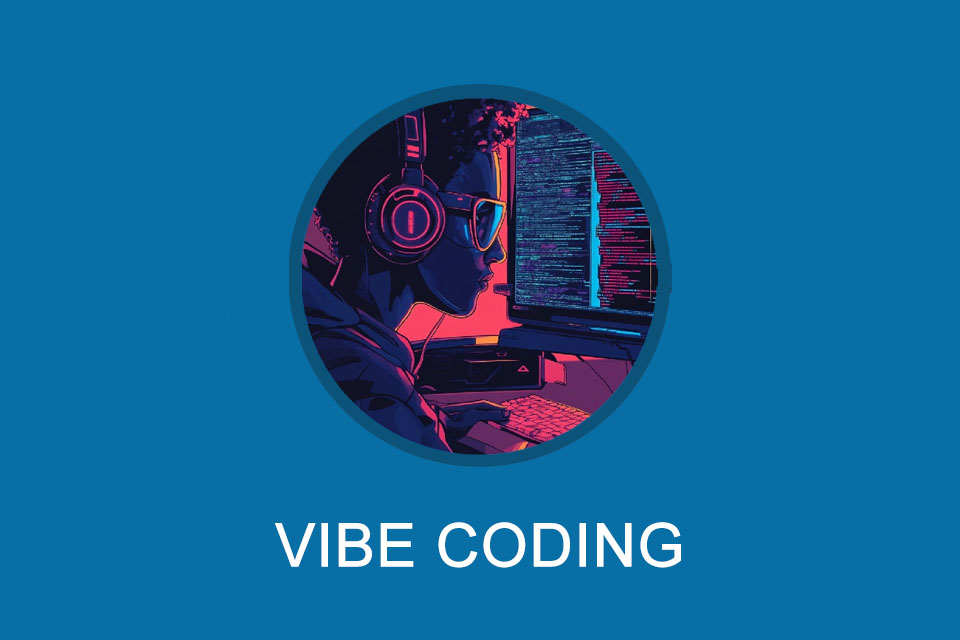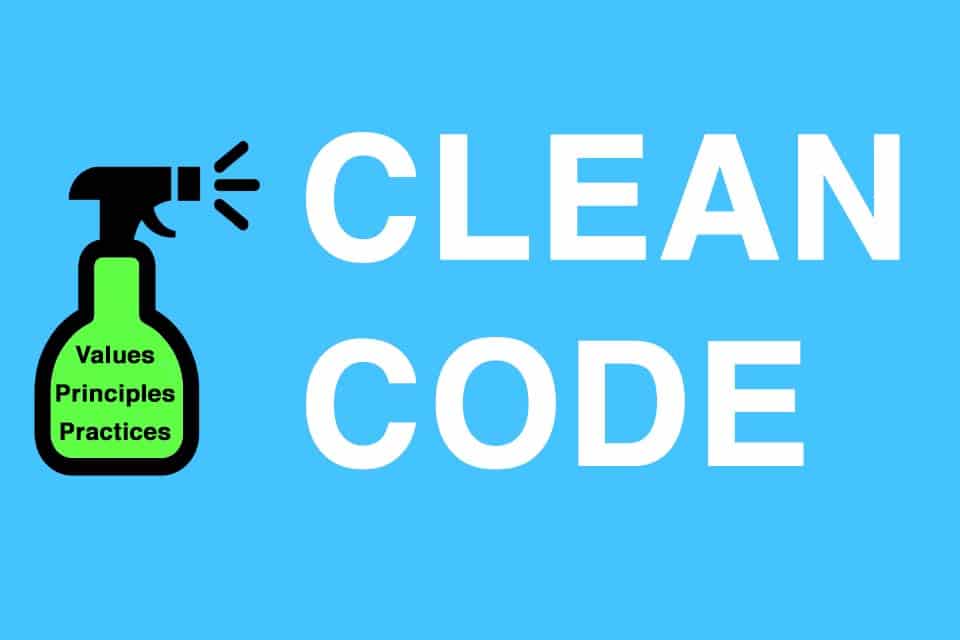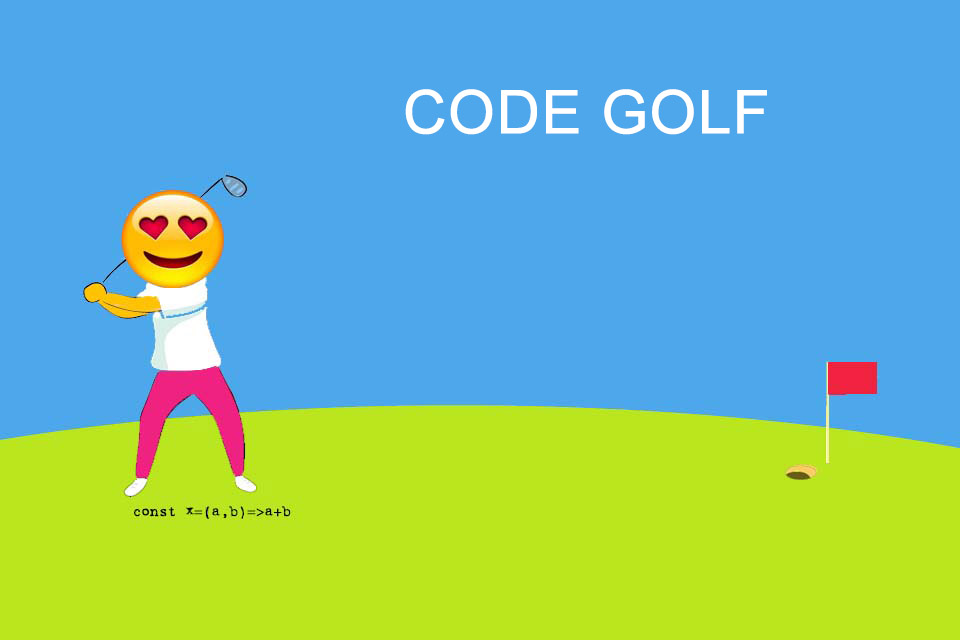What is Vibe Coding?
Vibe coding – intuition in flow and with AI
The term vibe coding is used in two ways in software development. Originally, it described a flow-like programming style: code is created spontaneously, driven by intuition, creativity and a feeling for the right next step. Technical perfection takes a back seat; the focus is on the experience of coding. [1]
Vibe coding is now increasingly being discussed in connection with AI, especially large language models. This is no longer about manual flow, but about prompt-based work. Developers sketch out a rough idea and the machine generates the code.
Today, vibe coding combines two facets: intuitive coding in flow and creative interaction with AI.
Between intuition and productivity
Vibe coding navigates the tension between free, intuitive work and the demand to write functional, maintainable code. Instead of structured planning, creativity, spontaneity and a feeling for the next step are at the forefront. This way of working can be inspiring, break down barriers or lead to rapid prototyping in the early stages of a project.
However, vibe coding is not necessarily productive in the traditional sense. Without clear objectives or a methodical approach, there is a risk of getting bogged down or producing code that is difficult to understand. What seems coherent in the flow may later prove difficult to maintain or not scalable.
Opportunities and challenges
Vibe coding opens up space for creative problem solving, experimental thinking and the expression of individual programming styles. Especially in informal projects, in early prototyping phases or when exploring new technologies, this intuitive approach can help to quickly bring ideas to life without the pressure of having to deliver clean code right away. It can also strengthen the emotional connection to the work, which in turn promotes motivation and commitment.
At the same time, vibe coding carries risks. Without structure and objectives, there is a risk of technical debt, inconsistent code bases and a lack of documentation. In a team context, it makes collaboration difficult when decisions are made spontaneously and the code is difficult for others to understand.
Do’s and don’ts
Do’s
- Use intuition as a creative resource
- Use it selectively in early project phases
- Use flow state to overcome blockages
- Refactor and document results later
- Consciously separate vibe coding from methodical work
Don’ts
- Confuse flow with haphazard work
- Use it unthinkingly in productive systems
- Replace a lack of structure with feeling
- Leave spontaneous code untouched permanently
- Justify everything under vibe
The art lies in striking the right balance. Vibe coding can be valuable when used thoughtfully and supplemented by structured phases.
Vibe coding with AI
The new dimension of vibe coding in combination with AI is particularly exciting. Andrej Karpathy, former head of AI at Tesla, once described this programming style as follows: you just sketch out the idea roughly and the model does the rest. [2]
But what seems efficient at first glance raises questions in practice:
- Do developers really understand the generated code, especially in safety-critical applications?
- What about architecture, reusability and maintainability?
- Does dependence on AI lead to a loss of competence?
- How transparent is the origin of the code in terms of licences or security?
Vibe coding with AI is therefore not a panacea. It offers opportunities for increased efficiency, but can also lead to alienation between code and developers. Responsible use requires technical understanding, critical reflection and clear quality standards. It takes much more than just a good feeling.
Impulse to discuss
Is there a place for vibe coding in a professional environment – or is it a risk that you can only afford in creative hobby projects?
Notes:
If you like the article or would like to discuss it, please feel free to share it in your network. And if you have any comments, please do not hesitate to send us a message.
[1] The term vibe refers to the character, feeling or mood of a place, situation or person.
[2] Andrej Karpathy: There’s a new kind of coding
Here is an interesting discussion on YouTube: Is vibe coding the future of software development or just a fun way to experiment?
Here you can find an article about the development of an iOS app with generative AI.
Here you can find an article about the pros and cons of software development with ChatGPT.
And here you can find additional information from our Smartpedia section:



